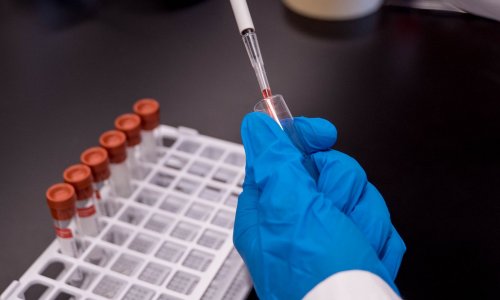Infections
‘Open Science’ paves pathway to develop Malaria drugs
Malaria remains one of the world’s leading causes of mortality in developing countries. Last year alone, it killed more than 400,000 people, mostly young children. An international consortium of researchers unveiled the mechanics and findings of a unique “open science” project for malaria drug discovery that has been five years in the making.

The current gold standard antimalarial treatments are based on artemisinin, a compound developed in the 1970s in China, combined with a partner drug. Yet, resistance to artemisinin and its partners has already emerged in some parts of the world. If the resistance spreads, there are no viable replacement treatments. Given the lack of commercial incentive for industry to develop drugs for neglected diseases such as malaria, and because academic researchers often lack resources to move compounds forward, there is a clear need for new approaches. In response, Matthew Todd from the University of Sydney together with the not-for-profit research and development organization Medicines for Malaria Venture proposed an “open source” solution akin to the open source concept used in software development.
More than 50 researchers from 21 organizations in eight countries added their research to the project, which started with a large set of potential drug molecules made public by the company GlaxoSmithKline. Anyone willing to contribute — anywhere in the world — was welcome to share data and collaborate by adding comments to an electronic notebook as part of the Open Source Malaria Consortium. Some scientists designed and synthesized new generations of the antimalarial compounds; others ran assays and interpreted results. Several rounds of research were conducted, addressing water solubility and structural issues, with all the data being made public in real time. A wide array of scientists, from professors to undergraduates, participated by choice, agreeing that no one would individually seek patents to protect their contributions. The authors note that the current results, while promising, are merely the beginning of the story. They continue to welcome additional contributions, also researched openly and collaboratively.
Source: American Chemical Society
27.09.2016










